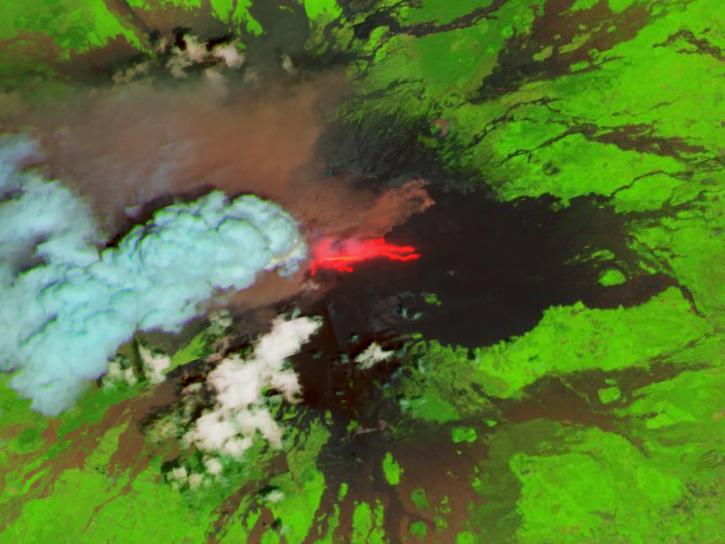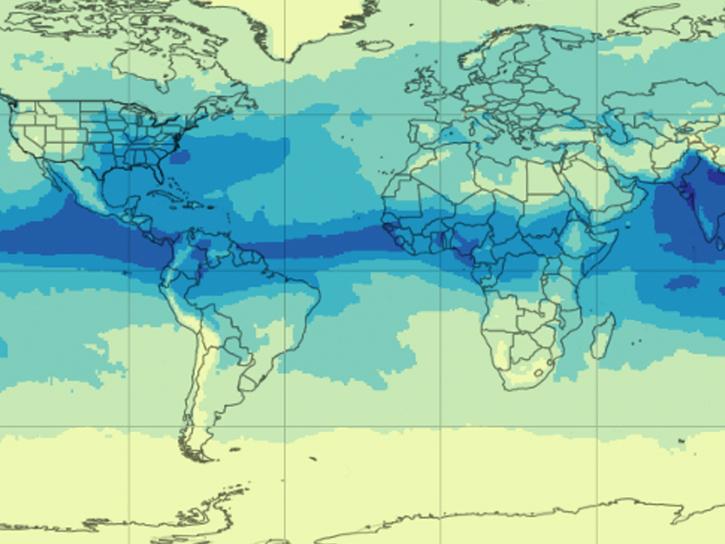Blog posts from the Earthdata community provide an insider's look at how technologies—such as foundation models, geographic information systems, and visualization tools—play a role in optimizing the impact of Earth science data.
We are in the process of migrating all NASA Earth science data sites into Earthdata from now until end of 2026. Not all NASA Earth science data and resources will appear here until then. Thank you for your patience as we make this transition.
Read about the Web Unification Project







